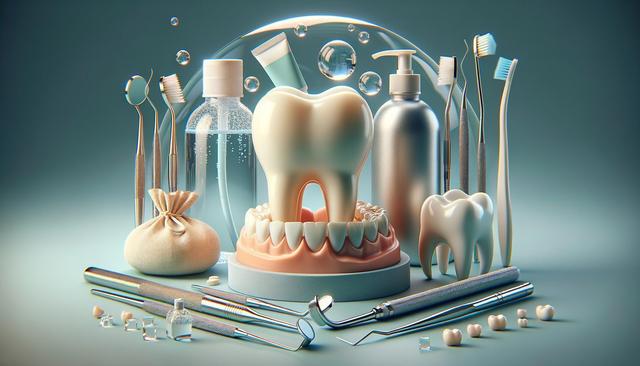What Causes Periodontal Disease?
Periodontal disease, also known as gum disease, is primarily caused by plaque—a sticky film of bacteria that forms on your teeth. When plaque is not removed through regular brushing and flossing, it hardens into tartar, which can only be removed by a dental professional. The bacteria in plaque and tartar can lead to inflammation of the gums, known as gingivitis, which is the earliest stage of periodontal disease. Left untreated, gingivitis can progress to periodontitis, a more severe form of gum disease that can result in tooth loss and damage to the jawbone.
Several risk factors can increase your likelihood of developing periodontal disease, including:
- Poor oral hygiene habits
- Smoking or tobacco use
- Genetic predisposition
- Diabetes and other systemic health conditions
- Hormonal changes, such as those during pregnancy
- Medications that reduce saliva flow
Understanding these causes can help individuals take proactive steps to reduce their risk and maintain better oral health.
Recognizing the Symptoms of Periodontal Disease
The symptoms of periodontal disease can vary depending on its stage. In the early stage of gingivitis, the signs may be mild and easily overlooked. However, recognizing these symptoms early can help prevent progression to more serious conditions.
Common symptoms include:
- Red, swollen, or tender gums
- Bleeding during brushing or flossing
- Persistent bad breath or a bad taste in the mouth
- Receding gums or longer-looking teeth
- Loose or shifting teeth
- Pain when chewing
If you notice one or more of these symptoms, it is important to consult a dental professional for an accurate diagnosis and appropriate treatment plan.
Professional Treatment Options for Periodontal Disease
Treatment for periodontal disease depends on the severity of the condition. Mild cases may be managed with improved oral hygiene and regular dental cleanings, while more advanced stages require professional intervention.
Common treatment options include:
- Scaling and root planing: A deep-cleaning procedure that removes plaque and tartar from below the gum line and smooths the root surfaces.
- Antibiotic therapy: Topical or oral antibiotics may be prescribed to help eliminate bacteria.
- Surgical treatments: In severe cases, procedures like flap surgery, bone grafts, or soft tissue grafts may be necessary to restore supportive structures.
Early diagnosis and prompt treatment are essential for halting the progression of the disease and preserving oral health.
Homecare Practices to Support Gum Health
While professional treatments are important, consistent homecare plays a vital role in preventing and managing periodontal disease. Good oral hygiene practices help to remove plaque and prevent its buildup, reducing the risk of inflammation and infection.
Effective homecare practices include:
- Brushing your teeth at least twice a day with fluoride toothpaste
- Flossing daily to remove plaque between teeth and under the gumline
- Using an antimicrobial mouthwash to reduce bacteria
- Eating a balanced diet rich in vitamins and minerals
- Avoiding tobacco products
- Scheduling regular dental check-ups and cleanings
By incorporating these habits into your daily routine, you can significantly reduce your risk of developing gum disease and support the effectiveness of any professional treatments.
Preventive Measures and Long-Term Care
Preventing periodontal disease involves a combination of professional care and personal responsibility. Regular dental visits play a crucial role in detecting early signs of gum disease before they become severe. During these visits, your dentist can perform thorough cleanings and assess the health of your gums.
In addition to dental appointments, maintaining a healthy lifestyle contributes to better gum health. This includes managing conditions like diabetes, staying hydrated, and reducing stress, which can affect your immune system’s ability to fight infections. If you are at higher risk due to genetic factors or underlying health conditions, your dentist may recommend more frequent visits or specialized care.
Educating yourself about periodontal disease and staying committed to preventive care can make a significant difference in your oral and overall health. Long-term care is about consistency and awareness—small daily actions can prevent serious dental issues in the future.
Conclusion
Periodontal disease is a serious but manageable condition when addressed early and treated effectively. Understanding its causes, recognizing the symptoms, and following a comprehensive care plan that includes both professional treatment and diligent homecare can help protect your gums and teeth in the long term. By staying informed and proactive, individuals can take meaningful steps toward maintaining a healthy smile and overall well-being.


